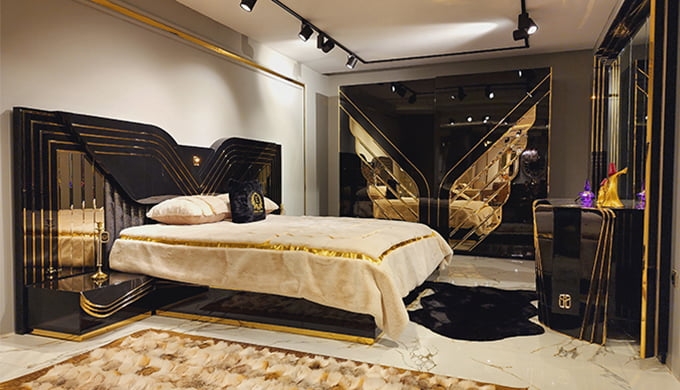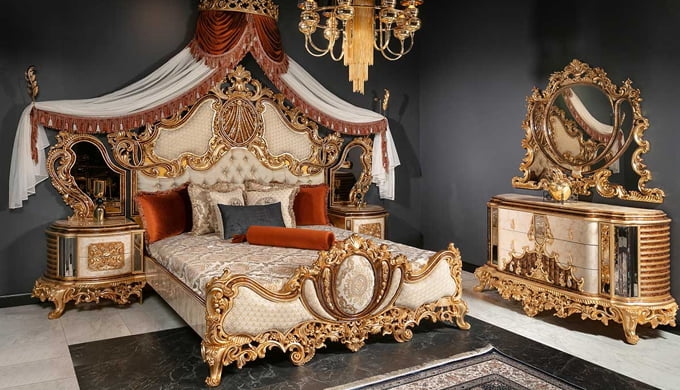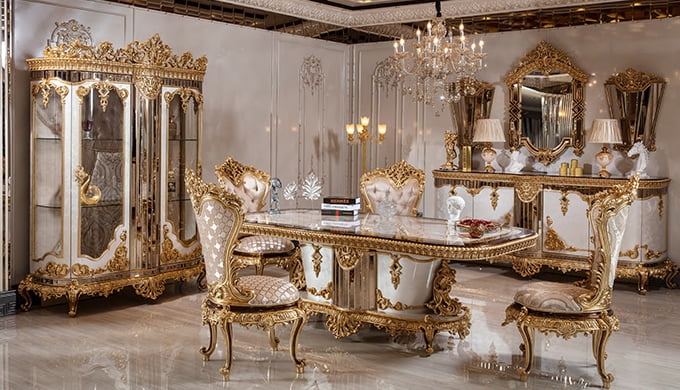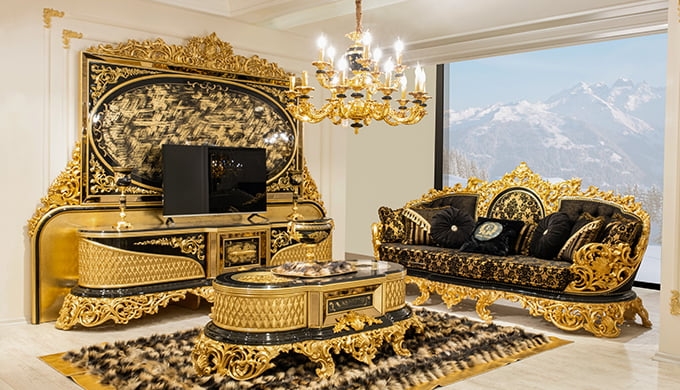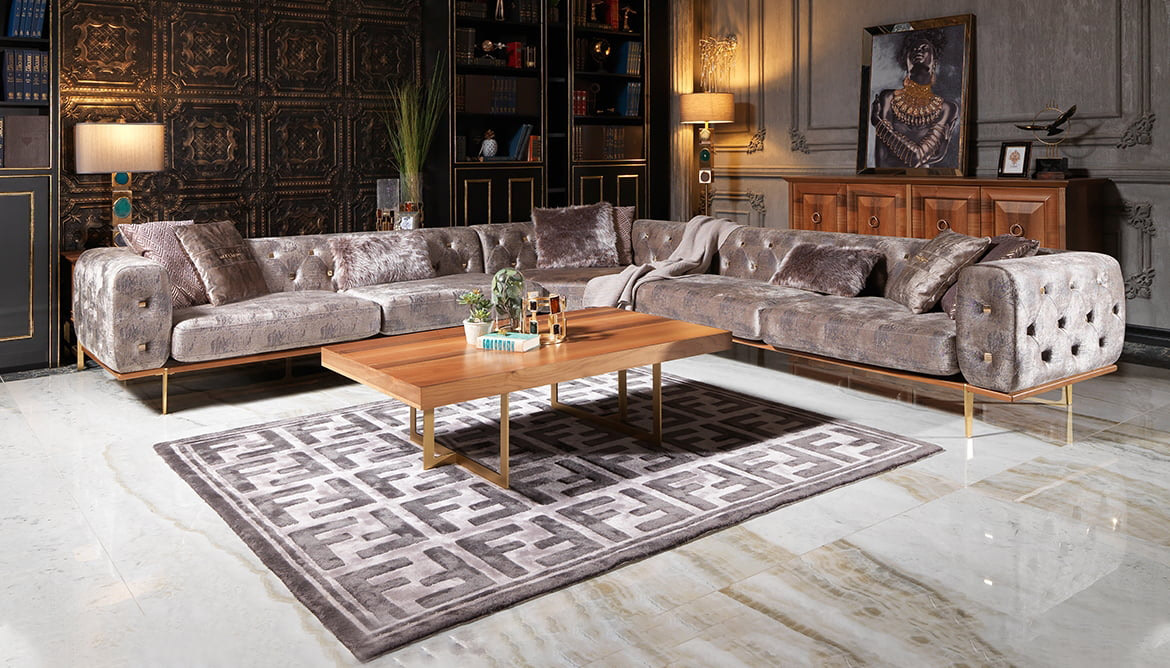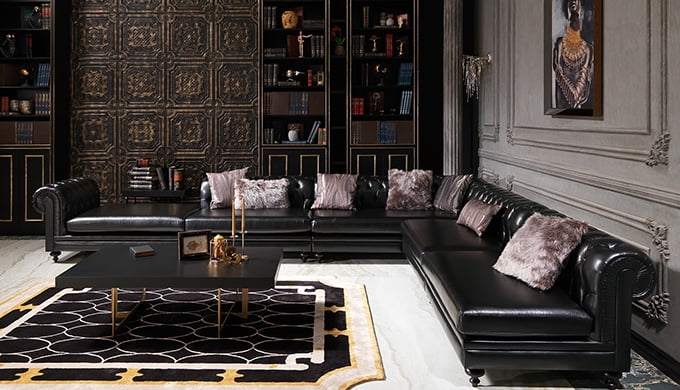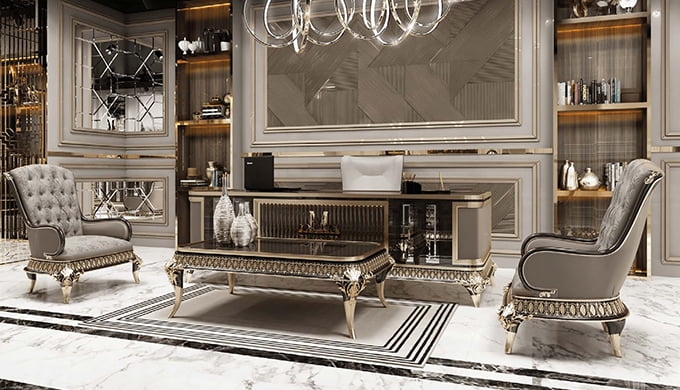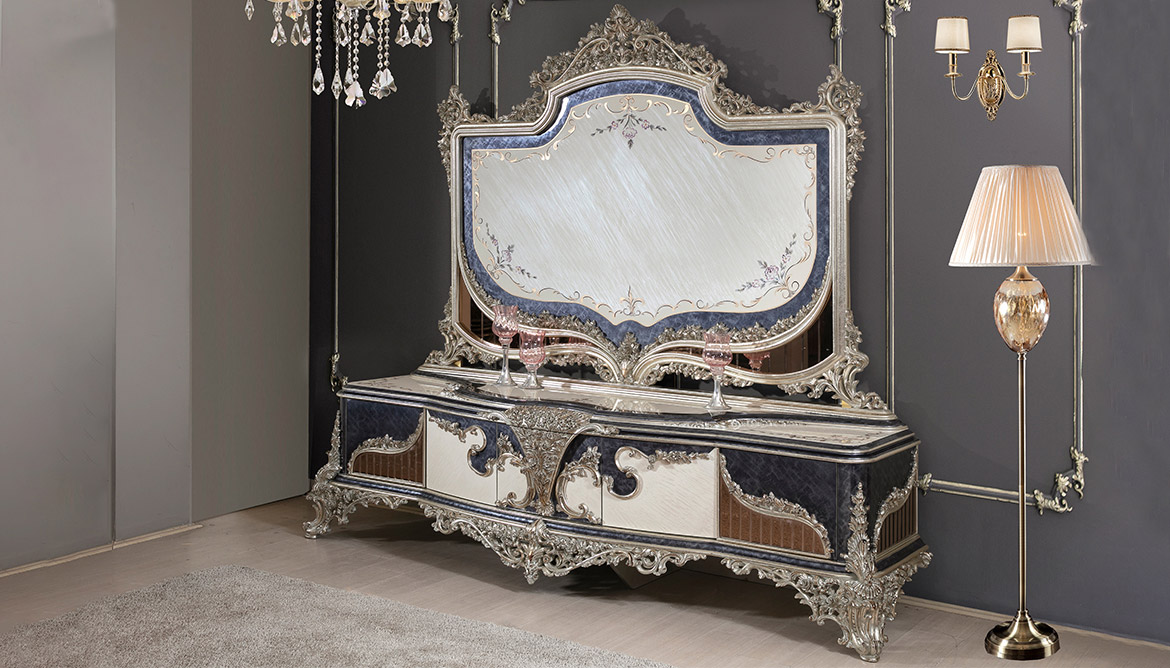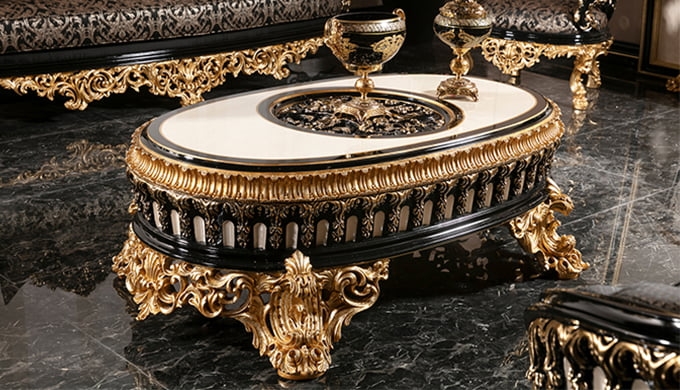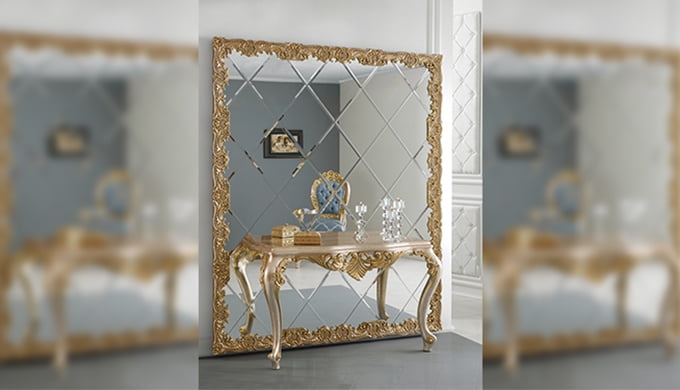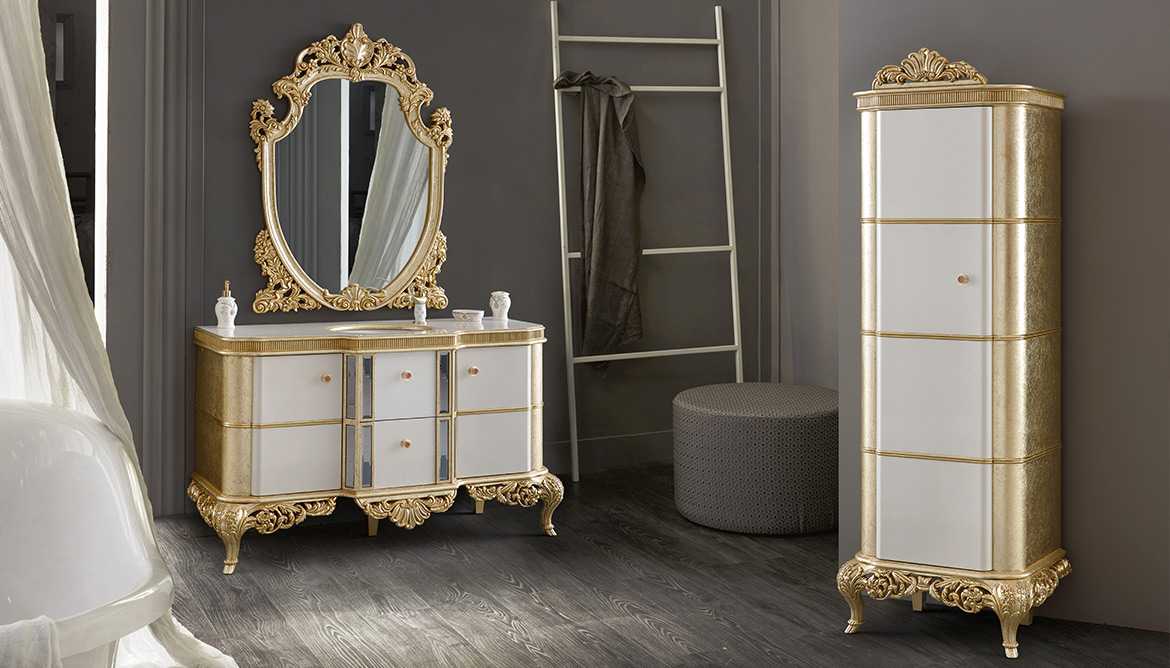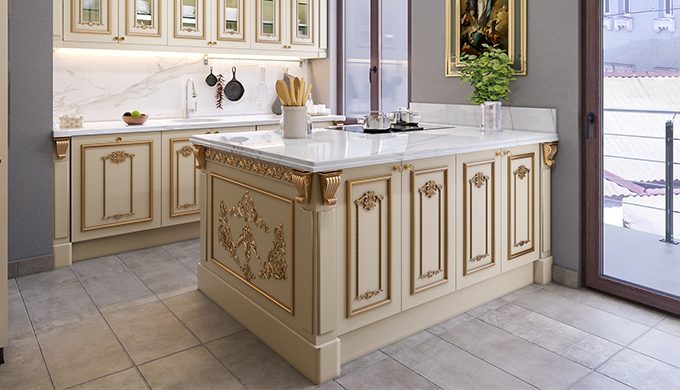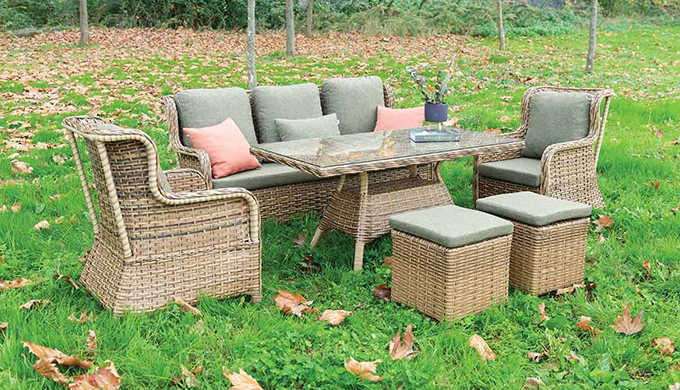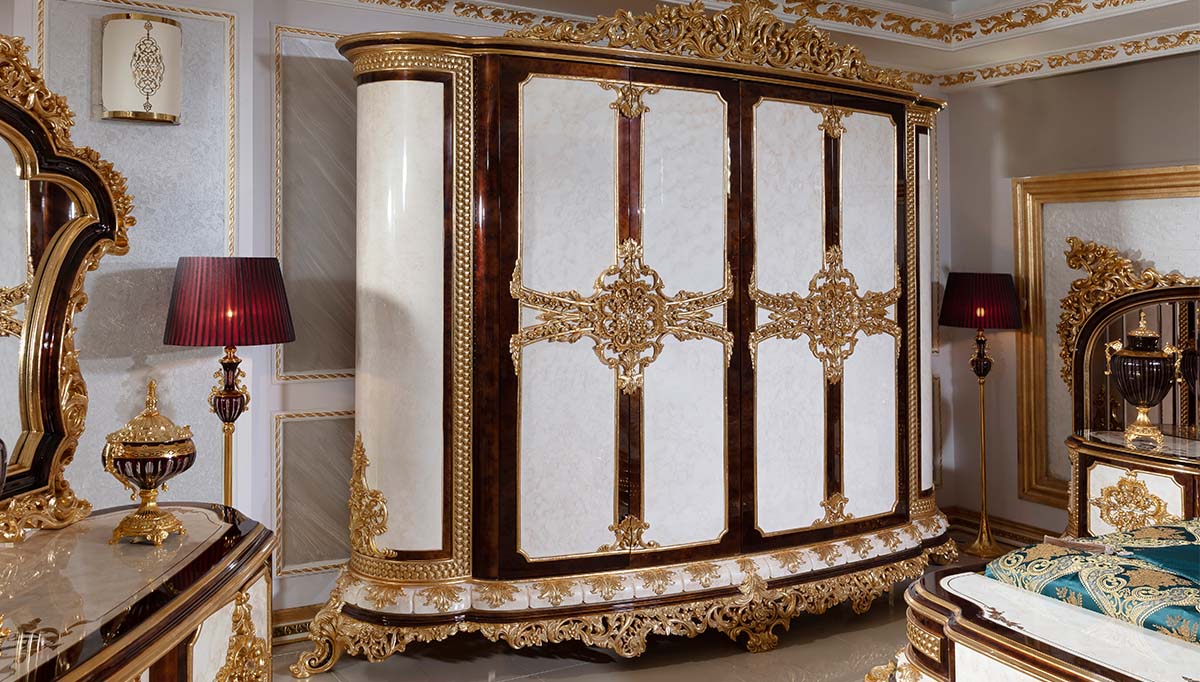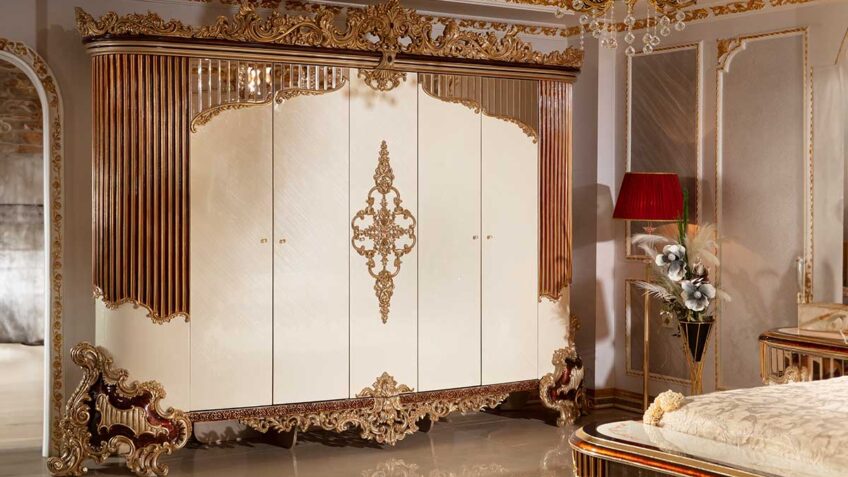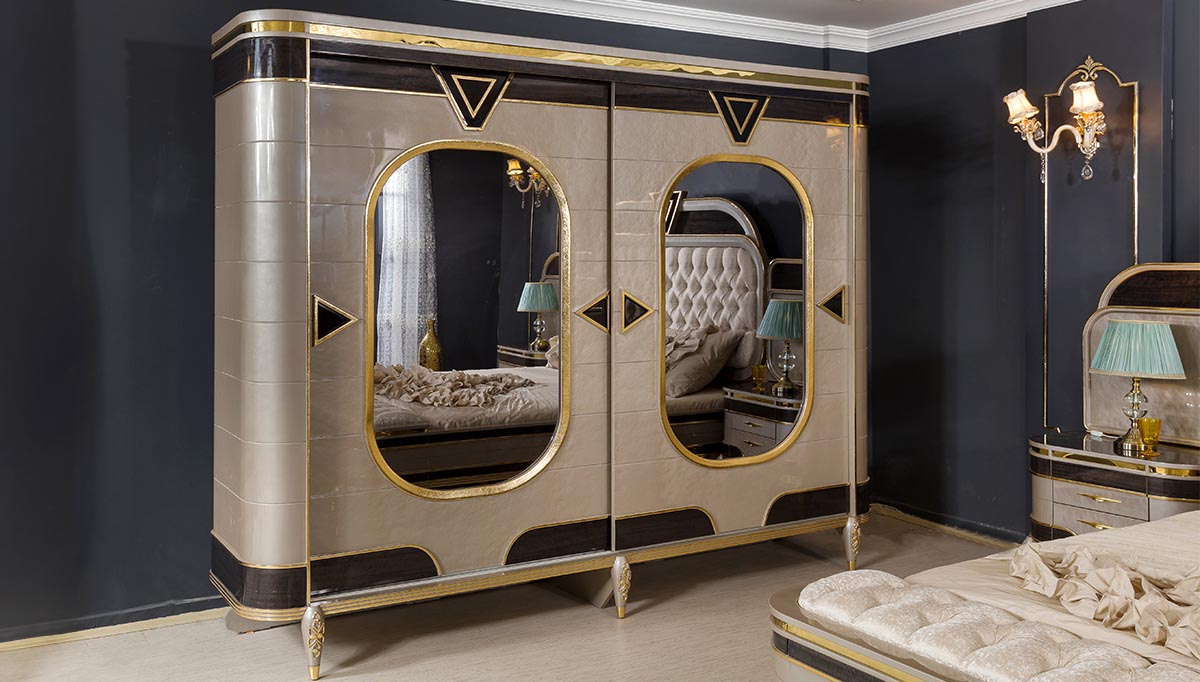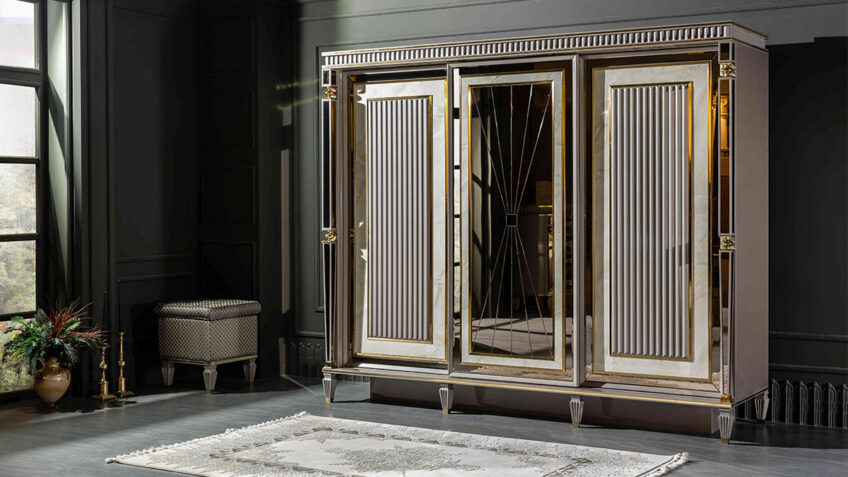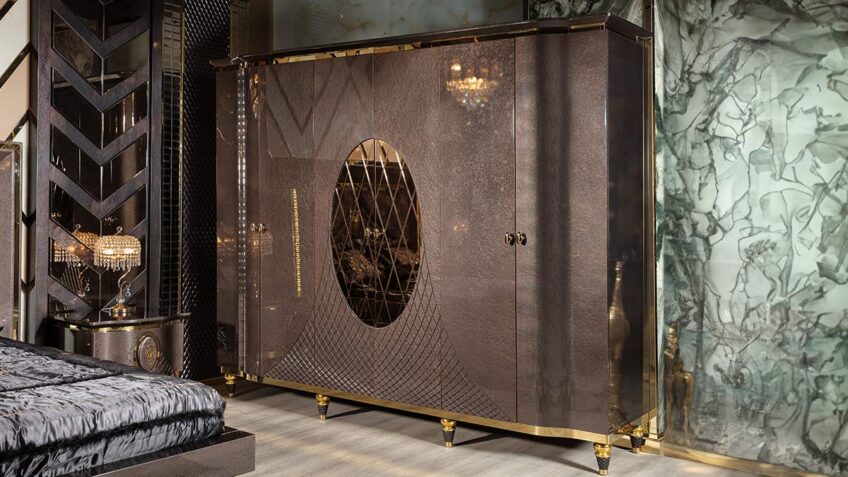Wardrobe and Clothes Cabinet
A wardrobe or clothes cabinet is an essential piece of furniture in any home, serving as a dedicated space for storing clothing, accessories, and often even bedding and towels. This functional item can vary widely in style, size, and features, making it a versatile solution for bedroom storage needs. Let's explore the nuances of wardrobes and clothes cabinets, including their types, benefits, and considerations for selection.
Types of Wardrobes and Clothes Cabinets
- Freestanding Wardrobes: These are traditional wardrobes that stand alone and can be moved from one place to another. They come in various styles and materials, offering flexibility if you frequently rearrange your space or move homes.
- Built-In Wardrobes: Custom-made to fit into a particular space in your bedroom, built-in wardrobes offer a seamless look. They are ideal for maximizing space and can be designed to match the room’s aesthetics perfectly.
- Walk-In Wardrobes: A more luxurious option, walk-in wardrobes are entire rooms dedicated to clothing and accessories. They often feature extensive shelving, hanging spaces, and sometimes even seating areas or dressing rooms.
- Armoires: These are typically taller pieces of furniture with doors and shelves, often used for clothing that does not require hanging. Armoires can also include drawers for additional storage and are usually made of wood, making them an elegant addition to any room.
Benefits of Using Wardrobes and Clothes Cabinets
- Organization: Wardrobes and clothes cabinets help keep clothing and accessories neatly organized and easily accessible, which can simplify your daily routine.
- Space Efficiency: Especially in smaller spaces, an appropriately sized wardrobe can maximize the available area, keeping your living space uncluttered.
- Protection and Preservation: These storage solutions protect garments from dust, sunlight, and pests, which helps to maintain their condition over time.
- Aesthetic Appeal: Wardrobes and clothes cabinets can significantly enhance the decor of a room. They come in a variety of styles and finishes that can complement your interior design.
Considerations When Choosing a Wardrobe
- Size and Layout: Consider the size of your room and the amount of clothing you need to store. Make sure the wardrobe fits comfortably in your space without overwhelming it.
- Material: Choose materials that match the durability you need and the style of your room. Popular options include wood, laminated particle board, and metal.
- Internal Configuration: Look for a wardrobe with a configuration that suits your storage needs, including sufficient hanging space, shelves, and drawers.
- Style and Design: Select a style that complements the rest of your furniture. Consider whether a modern, minimalist, traditional, or rustic piece would best suit your decor.
- Features: Modern wardrobes can include features like built-in mirrors, lights, and even compact pull-out ironing boards.
- Budget: Set a budget based on your preferences for material quality and additional features. Custom designs and durable materials can increase the cost.
Styling Tips
- Top Decor: Use the top of the wardrobe for additional decorating space, placing items like books, plants, or decorative boxes there.
- Integrated Design: For built-in wardrobes, consider integrating the same finish or trim as other furniture pieces in your room for a cohesive look.
- Functional Accessories: Inside the wardrobe, use organizers like shelf dividers, hanging organizers, and drawer inserts to keep small items in order and easy to find.
